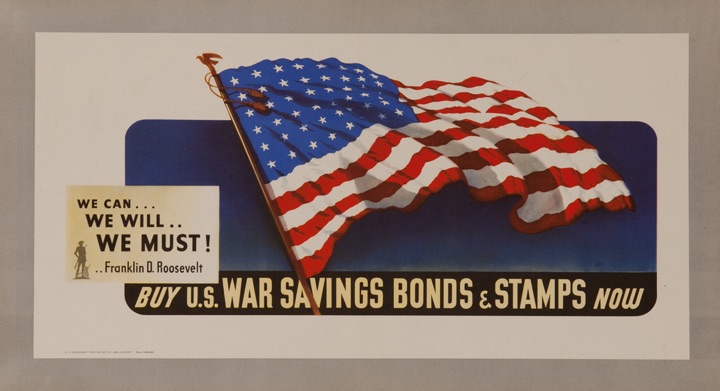Don’t you want to scream when you see Christmas displays in the stores before Halloween? Or when “It’s Beginning to Look a Lot Like Christmas” is stuck in your head for two months, because it starts playing in early...
Don’t you want to scream when you see Christmas displays in the stores before Halloween? Or when “It’s Beginning to Look a Lot Like Christmas” is stuck in your head for two months, because it starts playing in early November?
The Christmas creep can be annoying, but there’s at least one good reason to start thinking about the holidays before the leaves start changing color: It gives you more time to save.
With all the decorations, food, parties and gift giving, celebrating Christmas has become synonymous with spending money. The National Retail Federation’s 2019 holiday consumer trend study found consumers would spend an average of $1,048 on gifts, decorations, candy and more.
Waiting until November or December to prepare for these expenses means you’ll often end up charging your purchases and paying them off — plus interest — well into the new year. Instead, establish a Christmas saving plan and avoid debt and overspending.
Create Your Christmas Saving Plan
To save up for the holidays, figure out how much you plan to spend and divide that amount into weekly chunks. In the personal finance sphere, we call this setting up a sinking fund.
Make a list that includes who you’ll be shopping for and how much you’ll spend on each person. It may be helpful to refer to what you spent last year. Add estimated costs for decorations, food and holiday events to your list as well. Between parties where you contribute a bottle of wine, gifts for your kids’ friends or an office Secret Santa, plus the bounty of food on the actual holiday, these “extras” can really add up.
Total everything and divide it by the amount of weeks left until you’ll hit the stores. Unless you’re a fan of last-minute shopping, this means giving yourself some wiggle room before December 25.
We’ve laid out how much you need to save over a 12-week period to come up with anywhere from $200 to $1,000.

Another tactic for holiday saving is to determine how much money you’re able to save and create your holiday budget based off that. For example, if you’re able to spare $25 a week to go toward your Christmas savings, you’d save $300 in 12 weeks. That would be your limit for all your holiday spending. If you think you’ll need more, start saving earlier. In fact, you can implement your Christmas saving plan anytime during the year.
Keep your holiday savings apart from the rest of your money so you don’t accidentally spend your stash on everyday expenses. If you use a sub-savings account at your bank or credit union, set up automatic savings transfers each week to ensure you stay consistent.
If you take the cash envelope route, make sure you have an envelope exclusively dedicated to holiday expenses and not other short-term goals. Set weekly calendar reminders to nudge you to put the money aside.
How to Bulk Up Your Holiday Savings
Trimming the fat from your weekly spending is a good way to find extra cash to put toward Christmas gifts. Take out your budget and highlight all the nonessential recurring expenses. You don’t have to give them up forever — just until you’ve finished your holiday shopping.
If you want to increase your savings fast, try a no-spend challenge. Or cut your grocery budget by doing the pantry challenge and making meals out of what’s already at home.
Saving money isn’t all about making cuts. You can temporarily increase your income by getting a part-time holiday gig (bonus if you get a company discount) or doing odd jobs on Fiverr or TaskRabbit. Make room for the new gifts you’ll get by cleaning out your closets and selling stuff online.
Cut Costs on Holiday Expenses
Remember toset your Christmas budget for what is financially comfortable for you.
Here are six ways to spend less this holiday season:
Get crafty and make your gifts. (Here are 12 DIY Christmas gift ideas.) Shop early and take advantage of sales. Use old gift cards. Cash in your credit card rewards. Restrict the amount of presents you give your kids by implementing the four-gift rule. Do your holiday shopping online and comparison shop to get the best deal. (These stores offer free shipping with no minimum order.)Nicole Dow is a senior writer at The Penny Hoarder.
This was originally published on The Penny Hoarder, which helps millions of readers worldwide earn and save money by sharing unique job opportunities, personal stories, freebies and more. The Inc. 5000 ranked The Penny Hoarder as the fastest-growing private media company in the U.S. in 2017.
















